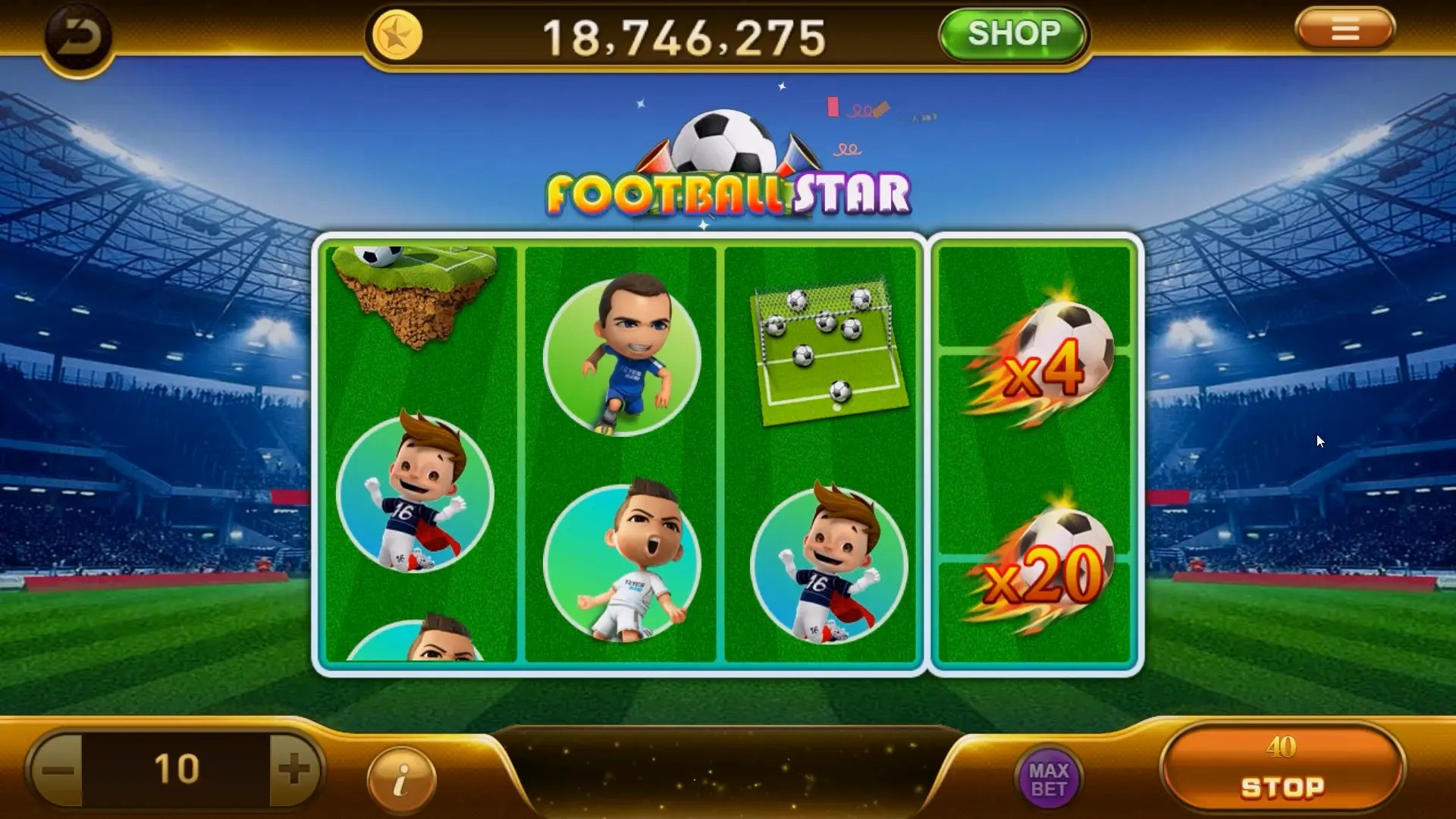The Quiet Revolution: How Idle Games Reshape the Way We Play
Once tucked quietly in the corners of the gaming landscape, idle games have taken center stage like an understudy who unexpectedly steals the show. They're not just for killing time on a train ride—they're changing how developers design, market, and engage players across all types of games. Even in far-off realms like those seen in titles such as Zelda Tears of the Kingdom puzzle solution guides dominate discussions.
Seriously though? These bite-sized clickers have built-in persistence and psychological nudges that traditional experiences often lack—and we're here for it. From fantasy survival simulations to realistic survival games with sprawling worlds and resource scarcity mechanics—it all started with something small. With little effort from the player, big changes are emerging globally.
Idle Isn't Boring—Here’s Why People Keep Clicking
The magic formula of idle mechanics taps into habits and rewards without forcing players to grind excessively—which makes sense since more folks want to be smart about screen time these days. Unlike complex RPG systems demanding 40+ hours of attention (no shade intended!), these lightweight loops deliver dopamine hits through progression you barely need to watch unfold.
- Mindless progress keeps players hooked long-term.
- Limited inputs remove stress barriers often associated with gaming skill requirements.
- Cute visuals create a relaxing mental escape from daily pressures.
In many ways, it feels less “interactive experience" and more “virtual garden tending." Which turns out—we really like watching grass grow…if numbers go up while it does so.
Monetization Models Borrowing the Best Ideas
| Free-to-Play Mobile Model | Humble Pay-What-You-Want | Premium Single-Purchase PC Release |
|---|---|---|
| Intrusive ads interrupt smooth flows. | Rarely reaches mainstream awareness levels necessary. | Focused audience usually misses micro-casual appeal. |
By contrast, most idle game revenue strategies operate under stealthy charm rather than blunt demand. Passive monetization techniques like optional skins or prestige currency upgrades work better since nobody wants to feel pressured playing their downtime therapy app. The beauty lies in its subtleties: even heavy gamers won't bat an eye dropping $10 if they perceive ongoing value over weeks versus a weekend burst of enjoyment followed by silence.
Design Simplicity Is Driving Huge Innovations
When designing anything in modern gaming—be it open-world Zelda Tears of the Kingdom puzzle solution, crafting-heavy sandbox simmers or gritty battle royale showdowns—it’s tempting to overload systems just for feature parity against genre titans. Idle mechanics challenge that impulse by asking: what's the least compelling mechanic someone can still enjoy?
This barebones thinking filters upwards. Suddenly, triple-A franchises add offline progression bars next to their epic quests while VR pioneers experiment with asynchronous side content delivery between fully rendered missions. Simplicity isn’t laziness—it becomes an essential part of broader accessibility pushes reaching new markets like elderly users seeking light interactivity or visually impaired communities appreciating large button layouts.
Tears of the Kingdom and Puzzle Complexity Compared to Casual Mechanics
If there's one place where idle games *don't* fit seamlessly right now—that'd probably be high-stakes puzzles requiring timed reflexes or memorization sequences typically found within hardcore releases like Nintendo Zelda expansions demanding exploration prowess at elite difficulty curves. Let’s compare two vastly different playstyles side-by-side:
In realistic survival games, your heart races during scarce supply management. Your brain works nonstop tracking stamina depletion and enemy behaviors simultaneously while avoiding dehydration in a digital desert simulation—idle gameplay couldn’t replace this immersive stress unless redesigned dramatically towards automation rather than control mastery challenges inherent in true wilderness simulators like ARK or Subnautica series entries which thrive specifically due to manual interaction demands reinforcing realism pillars core fans adore.
Future Directions For Idle Game Evolution
We’ve only scratched the surface regarding potential cross-pollinations between casual auto-runner concepts mixing deep story campaigns similar to narrative choice-based titles. Imagine an adventure where certain subplots progress independently while the hero recovers between action-packed chapters—a natural hybrid merging episodic storytelling cadence with soft idle progression layers beneath major plot beats.
Beyond standalone niche dominance, idler elements seep quietly into bigger systems across platforms including consoles previously skeptical regarding such “low-intensity input styles". As mobile cloud streaming blurs distinctions even further—we'll see blurred lines continue breaking molds. The line dividing serious play from chill clicks thins by the day...and frankly, everyone benefits once diversity gets celebrated instead being treated competitively adversarial frameworks older gaming camps clung too long to avoid progress.
In Summation
You might still find some veteran players shrugging off tap-hopping simulators as distractions but remember—some of the best revolutions creep silently behind your back before taking hold completely. Whether your vibe aligns closer toward methodically solving complex brain teasers à la Zelda Tears of the Kingdom puzzle solutions, craving visceral tension through unforgiving realistic survival scenarios — there’s always space in the gaming pie for innovation hiding under plain sight simplicity patterns reshaping the very core of interactive entertainment consumption models globally right now.



